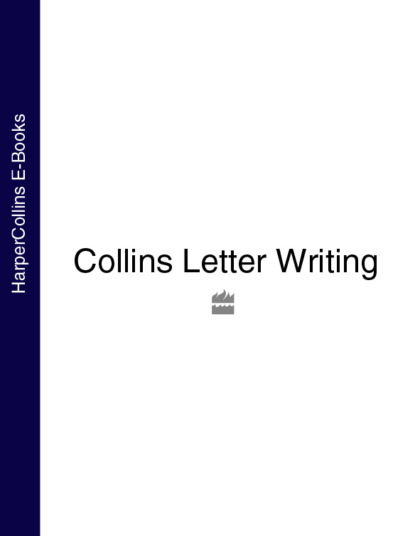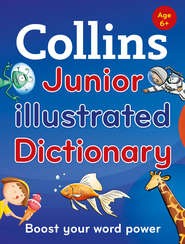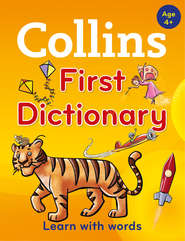По всем вопросам обращайтесь на: info@litportal.ru
(©) 2003-2025.
✖
Collins Letter Writing
Настройки чтения
Размер шрифта
Высота строк
Поля
A question mark is used after a direct question but not after an indirect one:
‘When are you going on holiday?’
I asked him. I asked him when he was going on holiday.
Bear in mind that question marks replace full stops. Since question marks normally mark the end of a sentence, a comma should not normally be required.
INVERTED COMMAS
Inverted commas are used to enclose direct speech or to enclose an extract or quotation. The extra punctuation will be inside the quotation marks if the sentence quoted is complete:
She told me, ‘We really like France.’
Here, for example, ‘We really like France’ is a complete sentence in itself, so the full stop goes inside the quotation marks. Compare:
When I asked her, she said ‘blue’.
The word ‘blue’ does not form a complete sentence so the full stop goes outside the inverted commas.
If the quotation is indented, it is not necessary to use quotation marks since the layout already indicates that this is direct speech.
If the quotation ends the sentence, then a full stop, a question mark or an exclamation mark is placed before the final quotation mark.
If the question mark belongs to the sentence as a whole, and not to the direct speech, then the question mark goes outside:
Did he say, ‘It is against my beliefs’?
If you are going to use a quotation within direct speech, you should use double quotation marks to mark off the quotation in order to differentiate it from the direct speech:
‘Well,’ he said, ‘I guess that nobody wants to hear me read “Men are from Pluto” then?’
THE APOSTROPHE
This is probably the most abused of all forms of punctuation. No one will take your business letter seriously if you cannot master its use.
There are two main, and quite separate, uses for the apostrophe.
1 It is used to denote possession:
The boy’s football
My mother’s bag
2 It is also used to show the omission of a letter or letters:
I’ve been to the shops.
What’s on my sister’s T-shirt?
Never confuse the two.
When in doubt, ask yourself if the object in question belongs to anybody. This is not complicated. The football belongs to the boy. The bag belongs to the mother.
Most confusion arises out of the word its, meaning belonging to it. It is occasionally confused with it’s, which is an abbreviation of the two words it is or it has. The abbreviation in it’s merely indicates the absence of the letter ‘i’ .
Ask yourself: can this word be replaced by ‘it is’ or ‘it has’?
If it cannot, then it must be its without an apostrophe.
EXAMPLE
The cat scratched its leg. (no apostrophe)
The cat is not there. It’s a shame.
Always remember when dealing with a possessive plural to put the apostrophe before the final s unless the plural word itself ends in an s. This sounds more complicated than it is.
The people’s party was better than the children’s party.
The adults’ party was better than the teenagers’ party.
Just ask yourself: whose party was it?
The people – so it is the party of the people.
The adults – so it is the party of the adults.
In other words the apostrophe goes at the end of the collective word.
Possessive pronouns (its, hers, theirs) never take apostrophes.
BRACKETS
These are used when you need to add something to a sentence to clarify its meaning but which bears no direct relevance to the sentence itself. If you could adequately use commas instead, then use commas: they look neater and they indicate that you have a correct grasp of grammar.
Square brackets tend to indicate an omission in the text or something scientific. You should not normally need them in letter writing.
DASHES AND HYPHENS
A dash is a long line which is often used instead of a comma or a semicolon:
The boys – always in a hurry – ran for the bus.
A hyphen is a shorter line which is used to join two words when they would make more sense as one word:
self-discipline
second-hand











